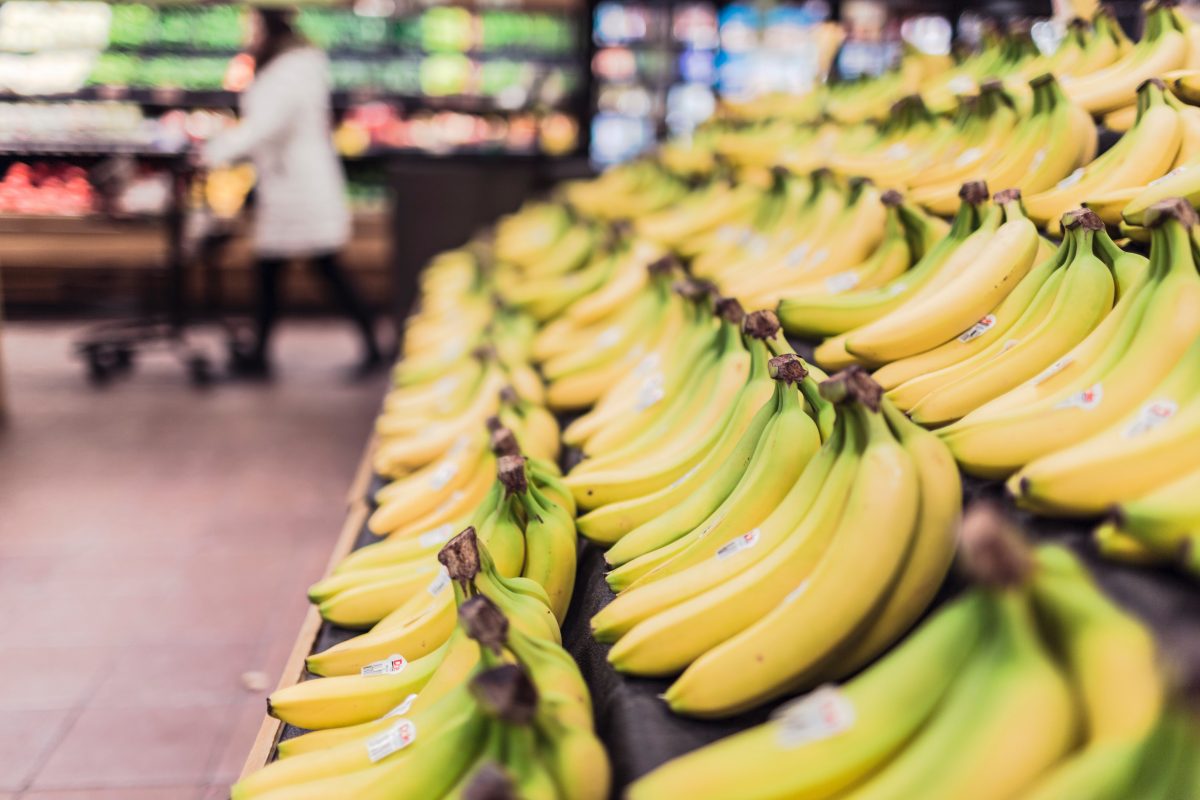INCLUDE MATH ON YOUR GROCERY SHOPPING LIST

You know, there’s no need to spend tons of money to buy math workbooks. Math is everywhere; it’s an integral part of our lives. So, where’s a great place to teach kids math? Yes, you got that right: the grocery store. While you are busy doing groceries, you can also help your kids learn basic math concepts. When they help you shop, they grasp the idea of budgeting money, comparing items, adding costs, and more. Let’s explore the many ways you can teach your kids to love math even at the grocery store.
- Price Estimation
Before you get excited, first, let your child write down a price estimate of the items on your list.
Once you arrive at the grocery store, teach him the basics of the weighing scale. They need to understand that the fruits and vegetables are measured first before you add them to the cart.
Explain that 1 kilo is equal to 2.2 pounds, and 1 pound is 16 ounces. That way, they will know about how many pounds/ounces of each fruit/vegetable fits into the budget.
In this activity alone, he will learn measurements, estimation, and the different colors, shapes, and names of the fruits and vegetables available.
Lastly, before you checkout, let your child study the entire cart and ask them how many paper bags would it take to pack all your grocery items. Then, finally, ask the price estimate of everything you shopped.
- Basic Math Operations
Using the same shopping list your child made earlier, ask them to total the estimated cost of the all the items.
After, subtract the estimation from your grocery budget? Did they go over the budget?
If the total is over the budget, help determine the actual cost of each item. Now that you’ve help your child cut the cost, ask them to calculate the change when subtracting your budget and the total estimation.
As for multiplication, you can both survey the produce section and multiply the different fruits and vegetables. For example, you can ask how much it would cost to buy 3 oranges or 2 pounds of bananas.
- Brand Comparison
Another fun way to learn math is by comparing the different brands, the packaging, the colors, and sizes. Ask your child which is better? Which is bigger? Older kids should be able to determine the best value for money.
If you’ve never done this, it’s pretty simple. All you need to do is to divide the cost by the quantity. For instance, brand A sells 3 pounds of apples for $6.00 while brand B sells 2 pounds for 4.50. If you calculate that, brand A’s apple would be $2.00 per pound while brand B sells it at $2.25 per pound. Thus, brand A’s per pound cost is cheaper than brand B.
You can further discuss the quality of the 2 competing brands. What makes brand A stand out? Are there any notable differences between the 2 brands in terms of the quality?
- Money & Budget
Get a sales flyer at the grocery and point out the items you want to buy. Give your child a variety of paper bills and coins and ask them how much money you would need to buy the items you choose.
For older kids, you can do the same except you add coupons into the mix. They need to be able to know the total cost of the items you picked minus the discount.
I hope you find this math exercise fun. Give it a try with your child next time you’re at the grocery store. This will help them appreciate the value of a dollar, find good sales items and encourage them to practice mental math anywhere they go!
Nothing fuels the fire for math than discovering you can be a math genius! If you’re not sure Abacus will help your child, sign up for a free preview of our online Abacus Classes – there’s no obligation to register! Come meet with us, watch some kids in action, calculating at the speed of light! We guarantee you will have fun watching these little geniuses.
CONTACT US
VISIT OUR SCHOOL
ABOUT JAMS & ONLINE ABACUS CLASSES
JAMS is proud to be the only Abacus math school in Portland and in the State of Oregon certified by the League of Soroban of Americas. Since 2001, we have dedicated to Abacus & Anzan instruction and to building a strong foundation of Mental Mathematics along with lifelong skills. JAMS empowers children to achieve academic success, so they will grow in areas that go well beyond the classroom. JAMS parents can expect their child to improve in 5 different areas: concentration, discipline, problem-solving, time management, and confidence. This is the teaching approach at JAMS since opening its doors.
